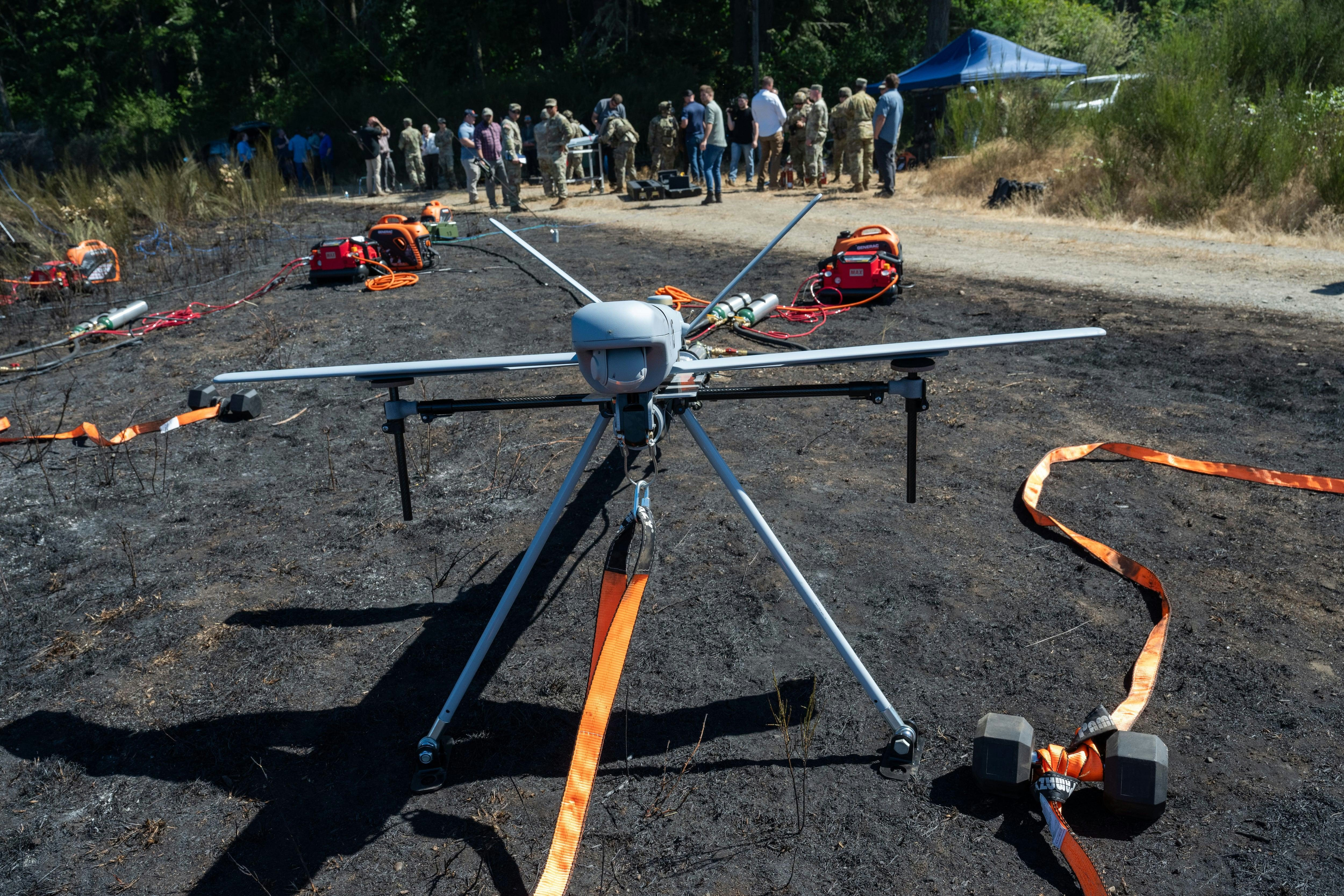
AeroGenie: il tuo copilota intelligente.
Tendenze
Categories
Norway Backs IndiGo’s Entry into Long-Haul Aviation with Dreamliner Lease
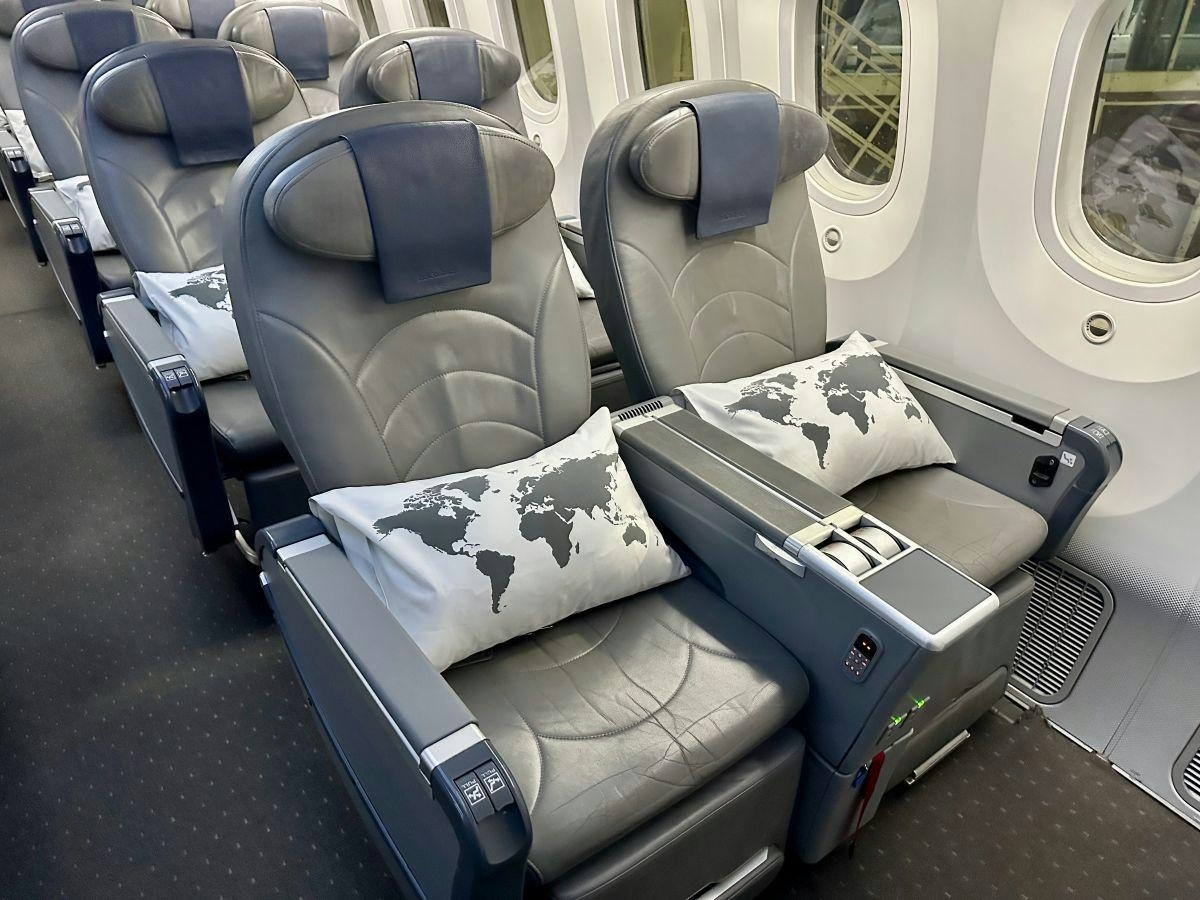
Norway Backs IndiGo’s Entry into Long-Haul Aviation with Dreamliner Lease
Norway is playing a crucial role in IndiGo’s landmark expansion into long-haul aviation, as India’s largest airline accelerates its global ambitions with support from Norwegian leasing companies. IndiGo has inaugurated new non-stop services to Manchester and Amsterdam, deploying Boeing 787 Dreamliner aircraft wet-leased from Norway-based Norse Atlantic Airways. This development marks a significant milestone in the airline’s transformation into a global carrier.
Strategic Expansion into Long-Haul Markets
This strategic partnership allows IndiGo to expedite its entry into the long-haul market by securing valuable European slots and circumventing the substantial upfront costs typically associated with acquiring a wide-body fleet. Currently, IndiGo operates six Dreamliners under wet-lease agreements, enabling the airline to swiftly establish a presence on key international routes while awaiting the delivery of its own long-range aircraft.
IndiGo’s international growth is driven by ambitious targets outlined in its 2024–25 annual report, which projects increasing international operations to 40% of total capacity by 2030. Central to this expansion is the planned induction of advanced aircraft, including the Airbus A321XLR, expected to join the fleet by March 2026, and the Airbus A350-900 wide-body jets, anticipated by fiscal 2026–27. These additions will extend IndiGo’s reach to medium and long-haul destinations previously inaccessible to its single-aisle fleet, while enhancing efficiency and passenger comfort on high-density international routes.
To support this growth, IndiGo is investing heavily in infrastructure, notably through the establishment of a major Maintenance, Repair, and Overhaul (MRO) facility in Bengaluru. This facility aims to bolster operational resilience, reduce maintenance costs, and improve fleet availability as the airline’s international footprint expands.
Challenges and Market Implications
Despite its dominant position in the domestic market—holding a 64.5% share and operating over 2,200 daily flights with a fleet exceeding 430 aircraft—IndiGo faces significant challenges in its global expansion. These include securing sufficient operational slots at congested international airports, managing the high maintenance costs associated with Dreamliner operations, and adapting to the distinct operational standards required for long-haul flights.
The market has been closely monitoring IndiGo’s expansion, with established long-haul carriers expected to respond through intensified competition, potential price wars, or strategic alliances aimed at protecting their market share. The entry of a dominant Indian carrier into the long-haul segment is poised to reshape competitive dynamics, particularly on routes connecting India with Europe, Southeast Asia, East Asia, and potentially Australia and Africa.
As IndiGo advances its bold strategy to become a global airline, the partnership with Norway’s Norse Atlantic Airways and the strategic use of leased Dreamliners have provided a vital springboard. With further fleet enhancements and infrastructure investments planned, IndiGo’s international ambitions are rapidly taking shape, heralding a new era for Indian aviation on the world stage.

Lufthansa's Fleet Plans for 2025

Fifteenth National Games Model Aviation Finals in Longhua Showcase Drone Sports and Innovation
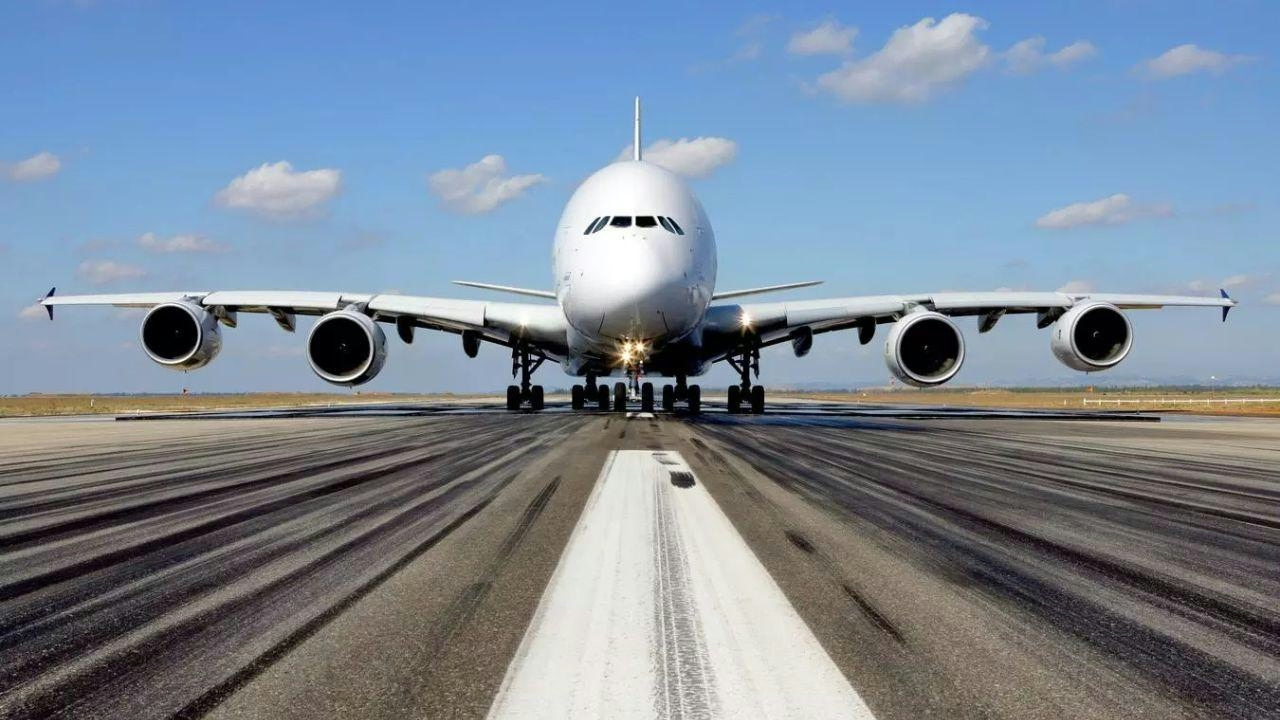
Brazilian Woman Becomes First Female Captain of Airbus A380

Airbus and Boeing: Comparing Their Global Reach

Vietjet Orders 100 Airbus A321neo Jets, Strengthening UK-Vietnam Strategic Partnership
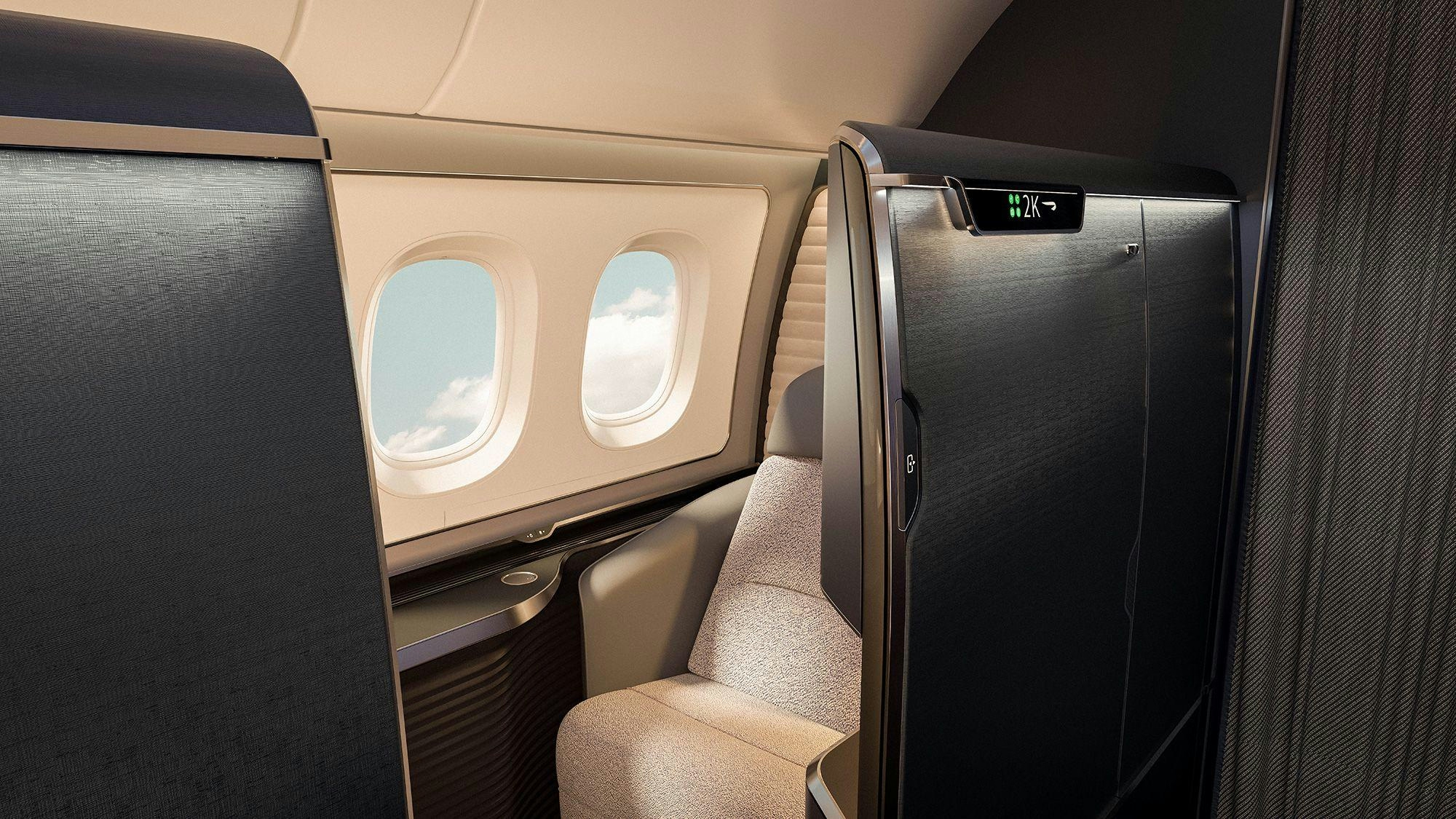
The Aircraft Set to Replace the Iconic Superjumbo

Delta Air Lines Introduces AI-Powered Concierge Service

Shanghai to Host 2025 North Bund International Aviation Forum
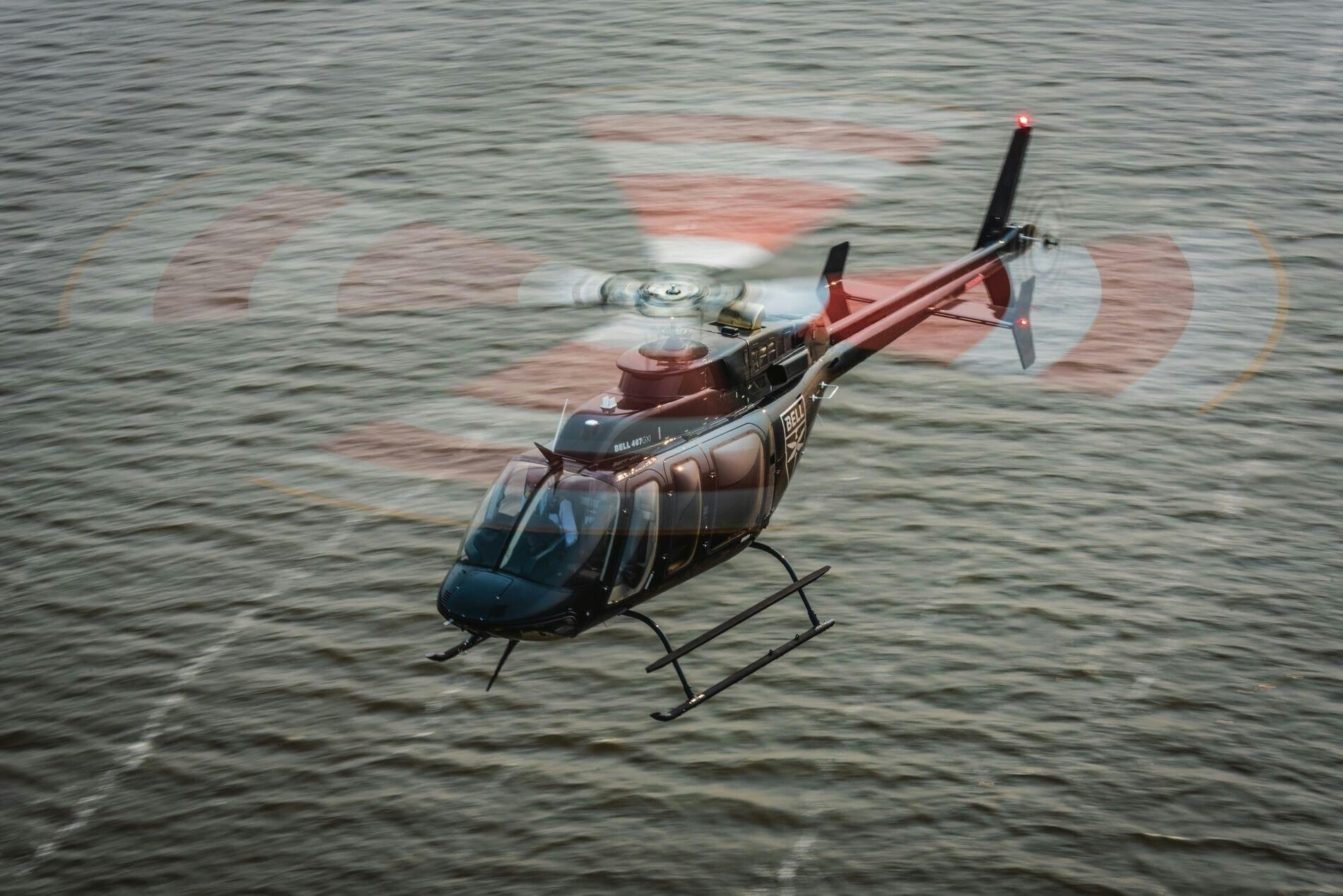
Air Methods Acquires Three Bell 407GX Helicopters and Receives Bell 429 for Medical Fleet
